Talk Overview
In this seminar, Dr. Titia de Lange gives an overview of telomeres, the protective repeats at the ends of chromosomes. Because telomeres resemble double stranded DNA (dsDNA) breaks, they could be recognized by the DNA damage response (DDR) pathway leading to cell cycle arrest and genome instability. De Lange discusses the proteins that protect telomeres, how telomeres are maintained by telomerase, mechanisms of telomere shortening, and the role of telomere shortening in cancer and several inherited human diseases.
In her second lecture, de Lange describes the function of shelterin, the protein complex that binds to telomeres and prevents the recognition and activation of the DDR pathway. Important to this process are two shelterin proteins, TRF2 and POT1. TRF2 and POT1 block the activation of the DDR-initiating kinases, ATM and ATR, and prevent inappropriate DNA repair. De Lange explains that TRF2 blocks ATM signaling via the formation of an altered telomere structure called the t-loop. She also discusses the mechanism by which POT1 represses the activation of the ATR kinase.
Speaker Bio
Titia de Lange
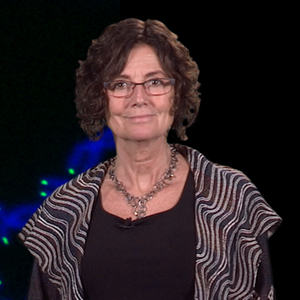
Dr. Titia de Lange is the Leon Hess Professor, an American Cancer Society Research Professor, and the Director of the Anderson Center for Cancer Research at Rockefeller University. After getting her doctorate from the University of Amsterdam, she pursued her postdoctoral training with Dr. Harold Varmus at UCSF. Here, she isolated human telomeric DNA and… Continue Reading
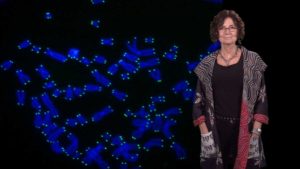
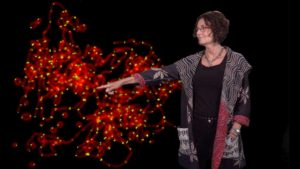
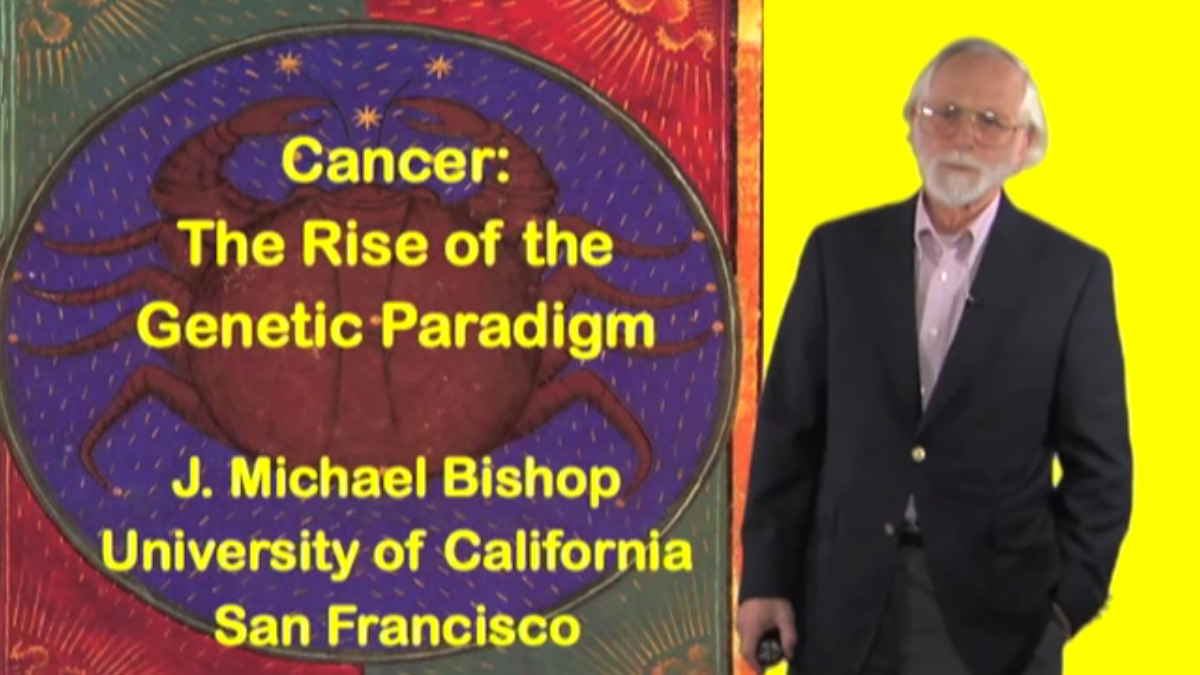
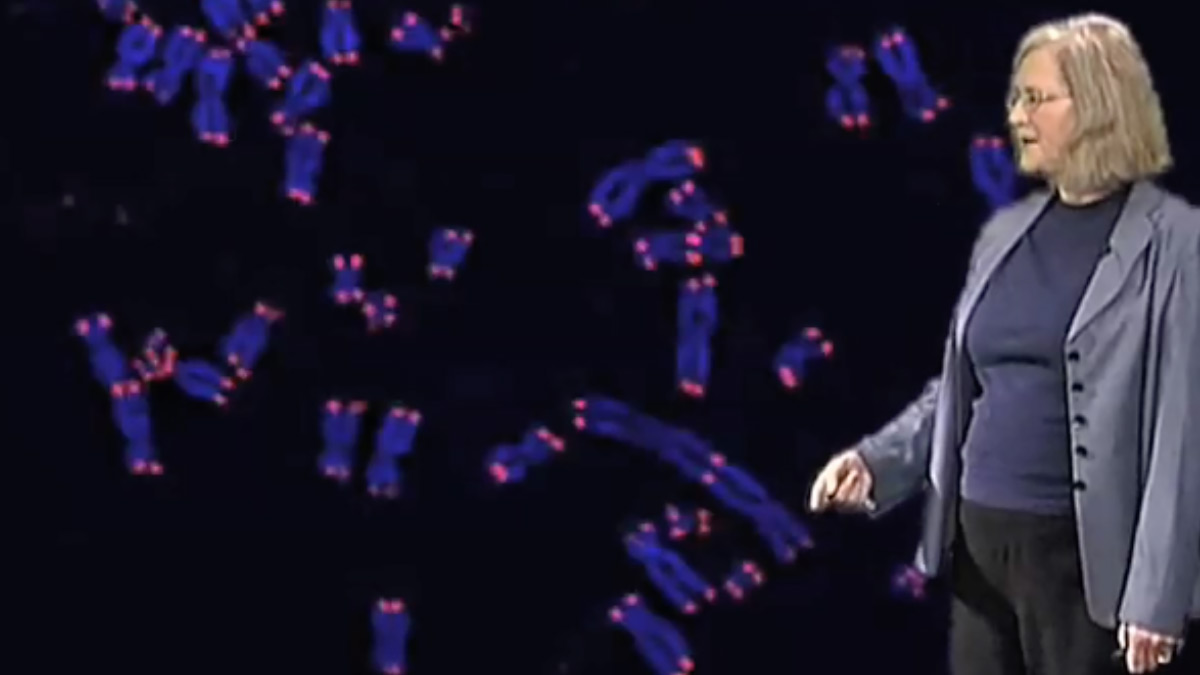
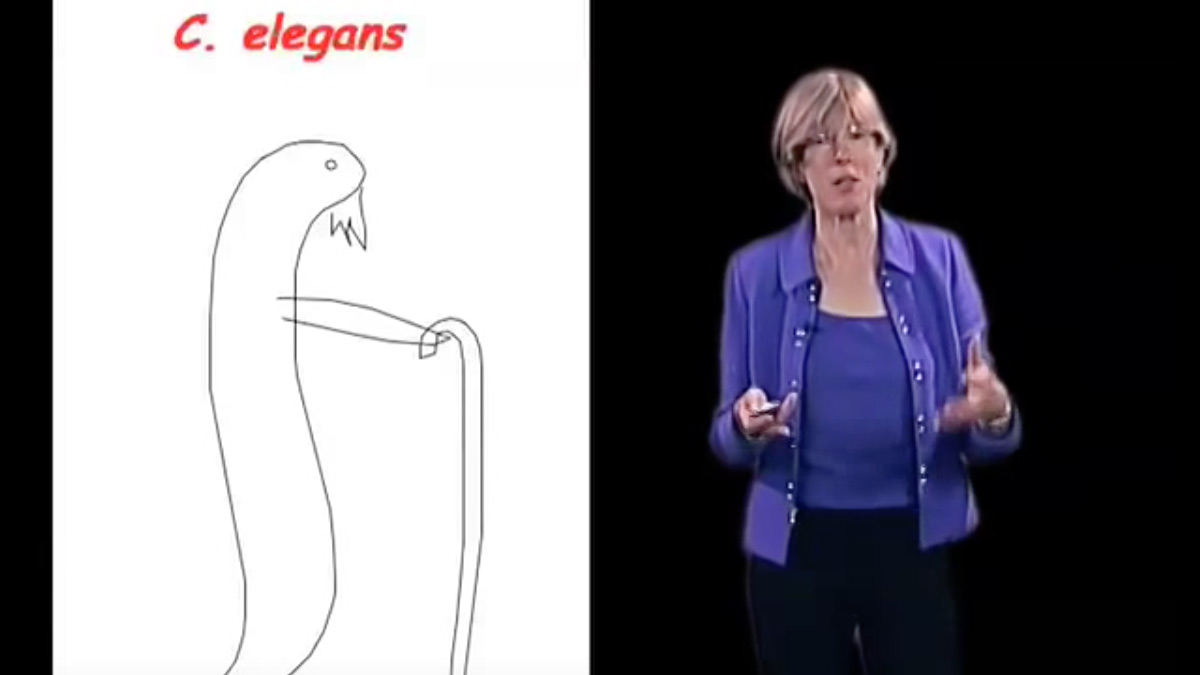
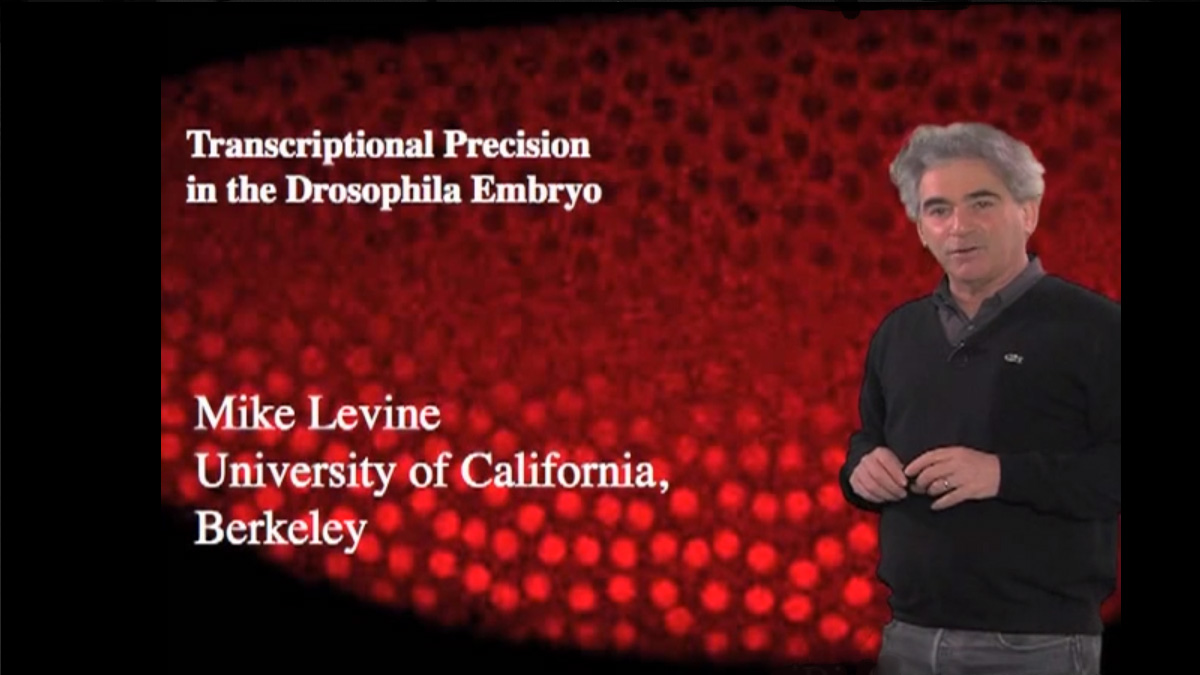





Leave a Reply